From January-October 2016, HI carried out a pilot testing of 3D printing technology for transtibial prosthesis in Togo, Madagascar and Syria. This report shares the findings.
All Resources
Showing 421 - 430 of 442
Results are ordered by date, with most recent published resources shown first.
Use the other filters to customize your search.
Results are ordered by date, with most recent published resources shown first.
Use the other filters to customize your search.
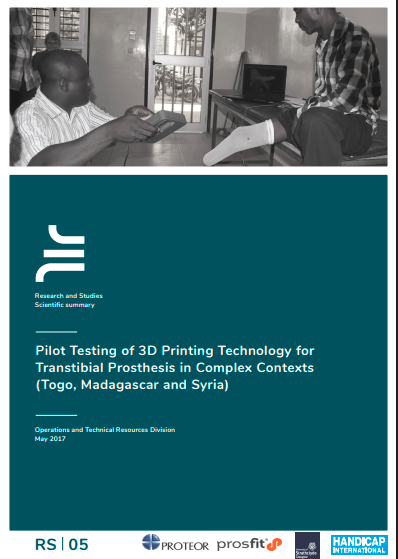
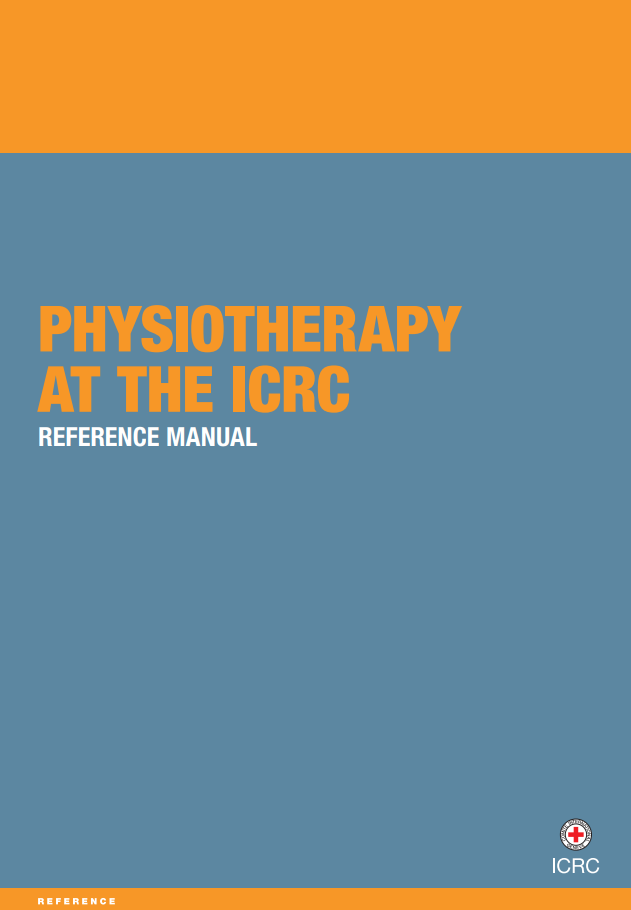
This manual presents an overview of physiotherapy related to physiotherapy activities in ICRC/ICRC supported projects as well as some recommendations. It is addressed mainly to physiotherapists but is also of interest for physical rehabilitation and hospital program managers and their interdisciplinary team members. Physiotherapy is an essential activity of the…
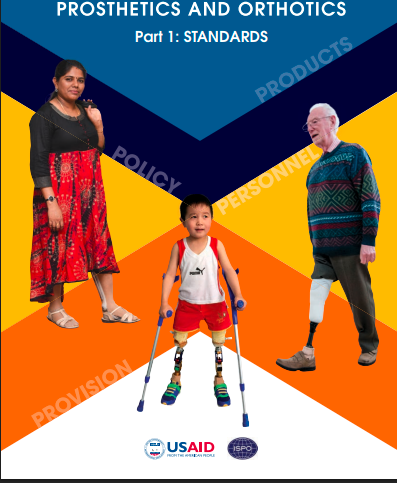
WHO Standards for improving access to quality prosthetic and orthotic services.
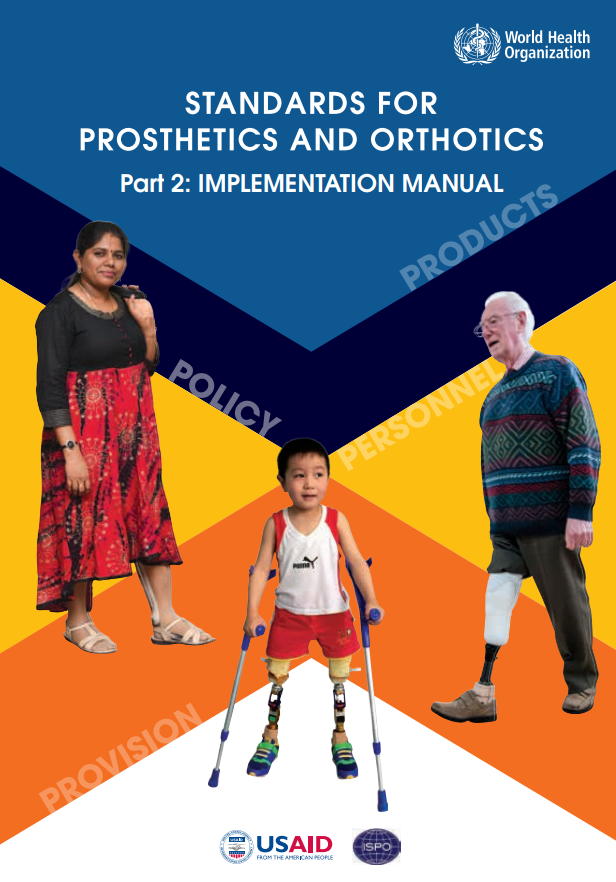
Implementation Manual for the WHO Standards for improving access to quality prosthetic and orthotic services.
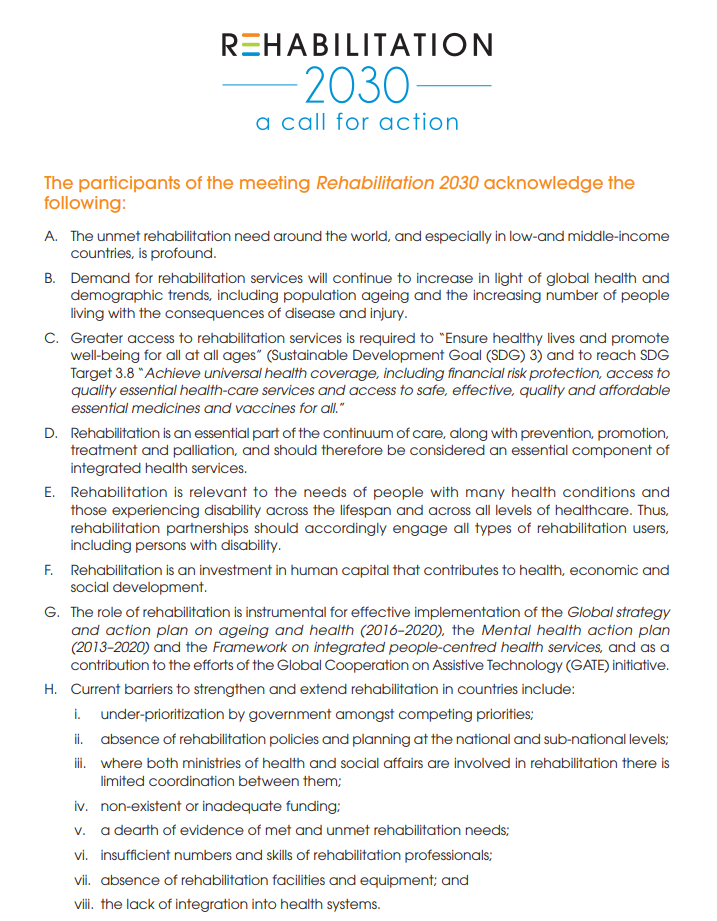
Launch document outlining the Rehabilitation 2030 initiative goals and actions.

In 2015, the WHO Regional Office for the Western Pacific conducted a survey on the status of rehabilitation and disability in the Western Pacific Region. It is the first survey of its kind in the Region, intending to provide information on the status of national capacity to provide disabilityinclusive health care, rehabilitation, assistive technology, community-based…

The Disability and Rehabilitation Unit developed strategic communication tools which include: 1) fact sheets on disability and health, rehabilitation and assistive technology, and community-based rehabilitation; 2) information products on rehabilitation in health facilities and rehabilitation services. The target audiences are the primary: ministers of health or…
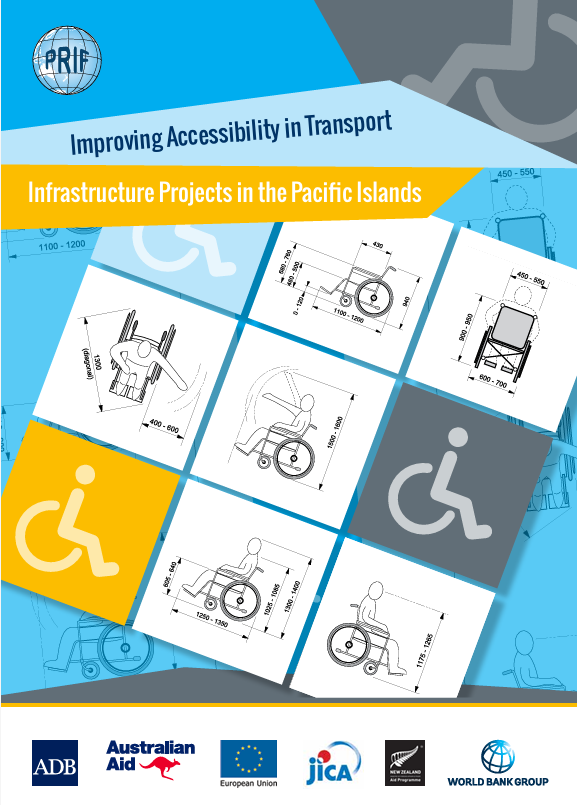
Guide to sourcing, using and maintaining thermal/functional AT such as seating and lighting.
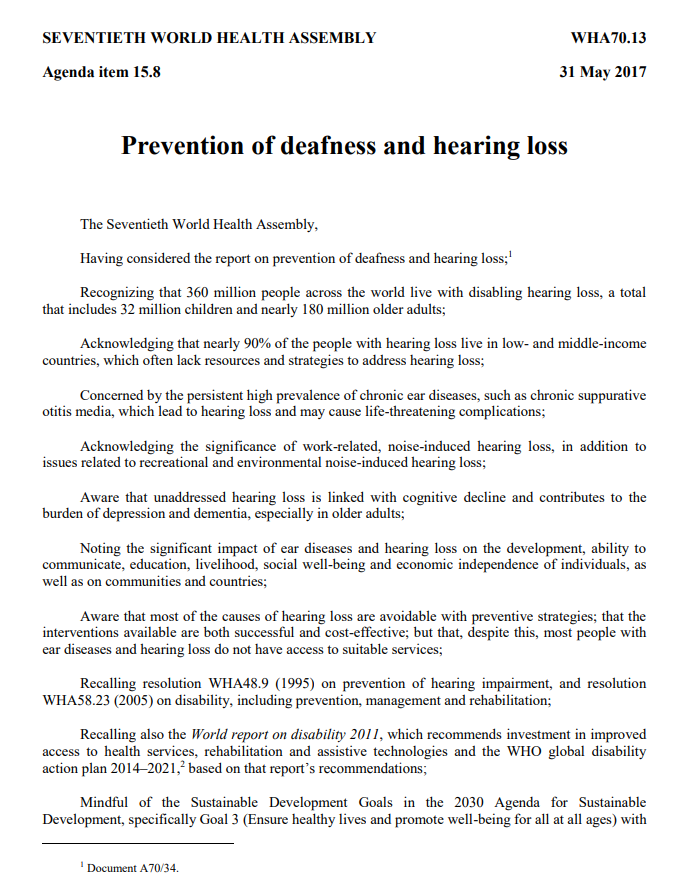
This resolution recognizes that many causes of hearing loss are preventable and calls for integration of ear and hearing care into primary health services. It urges Member States to promote strategies such as data collection, human resources development, awareness-raising, vaccination, and early intervention to reduce the global burden of deafness.
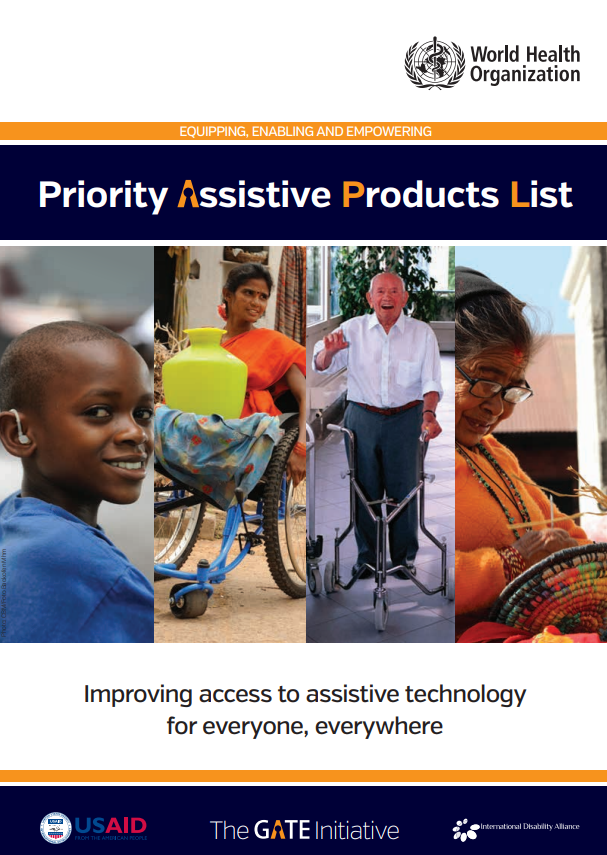
To improve access to high-quality, affordable assistive products in all countries, the World Health Organization (WHO) is introducing the Priority Assistive Products List (APL). The APL is the first stage of implementing a global commitment to improving access to assistive products – the Global Cooperation on Assistive Technology (GATE).
The APL includes 50 priority…
